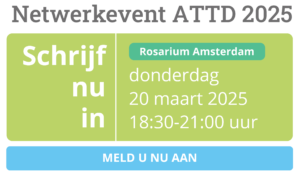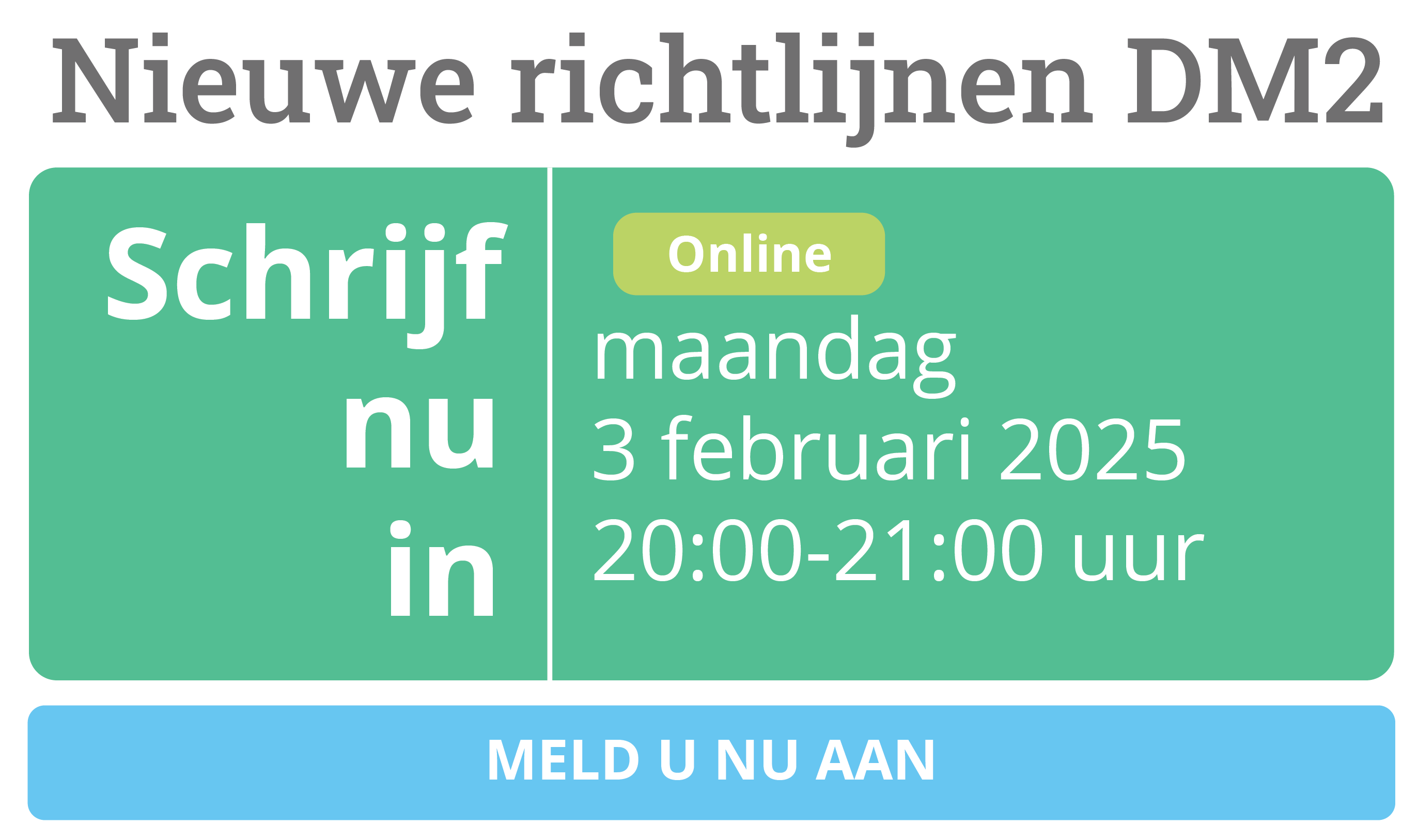OBJECTIVE
To assess the association between use of sodium–glucose cotransporter 2 (SGLT2) inhibitors and the risk of new-onset atrial fibrillation (AF) in routine clinical practice.RESEARCH DESIGN AND METHODS
We used nationwide registers in Denmark, Norway, and Sweden from 2013 to 2018 in order to include patients without a history of AF who were newly prescribed an SGLT2 inhibitor or an active comparator (glucagon-like peptide 1 [GLP-1] receptor agonist). We performed a cohort study to assess new-onset AF in intention-to-treat analyses using Cox regression, adjusted for baseline covariates with propensity score weighting.RESULTS
We identified 79,343 new users of SGLT2 inhibitors (59.2% dapagliflozin, 40.0% empagliflozin, 0.8% canagliflozin, <0.1% ertugliflozin) and 57,613 new users of GLP-1 receptor agonists. Mean age of the study cohort was 61 years and 60% were men. The adjusted incidence rate of new-onset AF was 8.6 per 1,000 person-years for new users of SGLT2 inhibitors compared with 10.0 per 1,000 person-years for new users of GLP-1 receptor agonists. The adjusted hazard ratio (aHR) was 0.89 (95% CI 0.81–0.96), and the rate difference was 1.4 fewer events per 1,000 person-years (95% CI 0.6–2.1). Using an as-treated exposure definition, the aHR for new-onset AF was 0.87 (95% CI 0.76–0.99). No statistically significant heterogeneity of the aHRs was observed between subgroups of patients with and without a history of heart failure or major cardiovascular disease.CONCLUSIONS
In this cohort study using nationwide data from three countries, use of SGLT2 inhibitors, compared with GLP-1 receptor agonists, was associated with a modestly reduced risk of new-onset AF.



